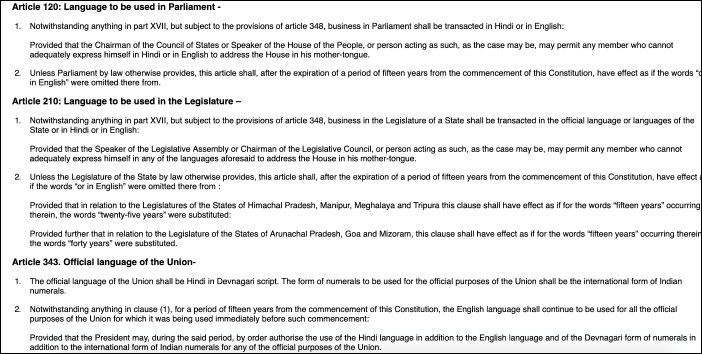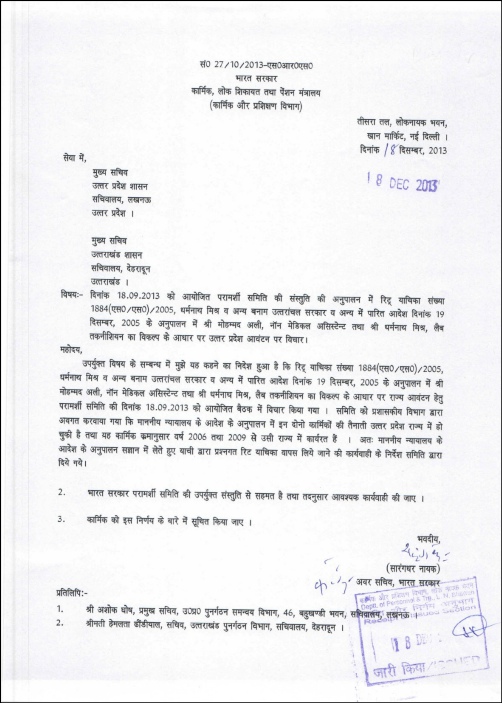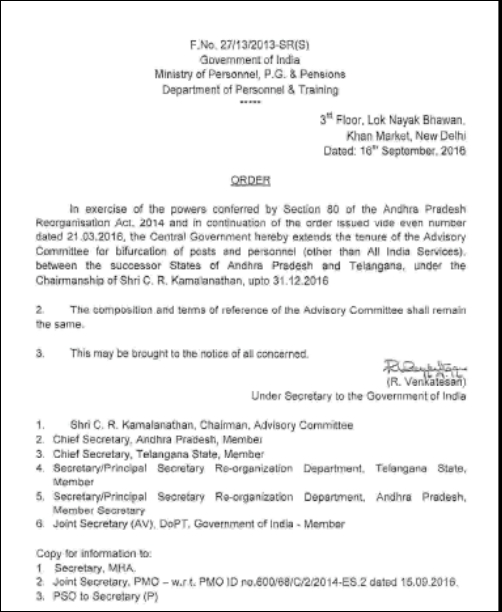[orc]The debate over the ‘three languages’ formula in schools and the alleged imposition of Hindi created a furore again, thanks to the draft National Education Policy.
The draft National Education Policy (NEP) 2019 submitted by the Kasturirangan Committee, managed to create a furore especially with its recommendation to ‘continue three language formula in schools’. This has re-kindled apprehensions of Hindi being imposed in Non-Hindi speaking states. The draft mentions that ‘the study of languages by students in non-Hindi speaking states would include the regional language, Hindi and English’.
However, amidst the backlash, the government has released a revised draft, on June 3rd 2019, removing this clause and also clarified that the policy will be finalised only after consultations with state governments and all the relevant stakeholders.
But, what does the constitution say about the role and status of Hindi language. Contrary to the major misconception, Hindi is not “National” language of India but is an “Official” language. No language in India is conferred with the status of being a national language. Article 343, of the constitution allows Hindi (written in Devanagari script) along with English to be the official languages of the union i.e. Government of India.
It needs to be noted that the constitution recognises 22 languages as scheduled languages in the eighth schedule. One or more of these languages are designated as official language by various state governments across India.
What is the status of Hindi?
Hindi as an official language of the central government for communication and administrative purpose, along with English.
As per the constitution of India;
- Hindi is one of the two languages that can be used in the parliament, other being English.
- It can also be used in legislative assemblies along with official languages of the respective states & English.
- It has a role in judiciary as well, where in Hindi is one of the languages that can be used for all the official purposes in Supreme Court as well as the High Courts.
- For official communication with the Central government along with English.
- It can also be designated as official language by respective states.

Is, Hindi the only way Central Government communicates with others?
It is not true in all the cases. The Official Languages Rules, 1976 lays down the process to be followed for central government to communicate with other governments or organizations. In view of the diversity of languages in India, and the various official languages used by the states, a need was identified to differentiate the nature of communication. Accordingly, all the states have been categorised into 3 different regions.
- Region A: Comprises of the states belonging to the Hindi Heartland, which have Hindi as their official language. (Bihar, Haryana, Himachal Pradesh, Madhya Pradesh, Chhattisgarh, Jharkhand, Uttarakhand, Rajasthan, Uttar Pradesh along with the Union Territories – Delhi and Andaman & Nicobar Islands) .
- Region B: Comprises the states of Gujarat, Maharashtra, Punjab and the Union Territories of Chandigarh, Diu & Daman, Dadra & Nagar Haveli)
- Region C: All the other states which do not fall under the above two categories. These States do not have Hindi as their official language. This includes all the southern states, Odisha, West Bengal etc.
Few important guidelines for communication of central government with the states in these three regions is as follows.
With Region A: All the official communication between the Central departments and the State departments of the respective states needs to be in Hindi. In case there is any official communication made in English, it ought to be accompanied by a translation in Hindi.
( Sample Communication between Central Govt and State in Hindi ( U.P – Region A state ) )

With Region B: The communication between the Centre and any department of the state would be in Hindi. If there is any communication in English, a translation in Hindi needs to be accompanied. In case, the communication needs to be sent in a local language, there is also a provision to send a translation in that local language along with the communication in Hindi or English. Any communication which is sent to a person can be in Hindi or English.
With Region C: All the communication which between the Centre and the state is carried out in English. Even communication with a person in this region will also be done in English. Tamil Nadu, is unique case and does not fall under any of the three regions. All the communication with Tamil Nadu is carried only in English
The video of a Bengali passenger refusing to speak in Hindi with an immigration officer at an airport went viral on Facebook recently. In the video, the person can be heard speaking about the region C and the rules. He was referring to the rules mentioned above.
( Sample of communication of Centre with Region C State (Andhra Pradesh) in English)

Below is the illustration of the language of communication between various entities.
| State Govt – Region A | State Govt – Region B | State Govt – Region C | |
|---|---|---|---|
| Central Government | – Hindi – English ( with translation in Hindi ) | – Hindi – English ( with translation in Hindi ) -Hindi / English to an Individual person – Attached translation in other language | – English |
What about the communication between central government offices?
The Official Languages Rules 1976 does lay to the guidelines for communication between the various offices of Central Government.
- The communication between the departments of Central government needs to be in English or Hindi.
- Hindi is the means of communication between a central government office and its subordinate in Region A.
- The communication between a Central Government office and its subordinate office in Region B or C needs be in English or Hindi.
- Hindi or English can be used for communication between a Central Government office in Region A with an office in Region B or Region C.
- For any communication between a central government office in Region B and Region C – Hindi or English can be used.
| Central Government Office | Central Govt Office in Region A | Central Govt Office in Region B | Central Govt Office in Region C | |
|---|---|---|---|---|
| Central Government Office | English or Hindi | Hindi | English/Hindi | English/Hindi |
| Central Govt Office in Region A | Hindi | Hindi | English/Hindi | English/Hindi |
| Central Govt Office in Region B | English or Hindi | English/Hindi | English/Hindi | English/Hindi |
| Central Govt Office in Region C | English/Hindi | English/Hindi | English/Hindi | English/Hindi |
Important aspect to be noted that the communication will happen between these offices in Hindi only if at least 80% of the staff in that particular office have a working knowledge of Hindi. The central Home Ministry takes up the responsibility of updating the information of such offices. Furthermore, any communication sent in Hindi to the central government, entails a response only in Hindi.
Hindi as the uniform official language – a debatable topic
The initial provisions of the constitution specified Hindi along with English as the official languages of communication at centre for 15 years, with the scope of recommending to restrict English after that period. However , the Official Languages Act 1963, recommended to continue English along with Hindi as the official language. This was done due to the resistance by non-hindi speaking states.
The Three language formula, 1968 was aimed at addressing the diversity of languages in India with an eye on having Hindi as a third language option in Non-Hindi states, and any of the non-hindi languages in Hindi speaking states during the schooling. However, states like Tamil Nadu did not implement it. The official language act has also recommended a gradual promotion of Hindi, in a way which is more acceptable for non-hindi speakers.
Any efforts of successive governments to push Hindi have met with differentiating opinions from various sections. While the arguments are being made for the need of a single official language which would help smoother transactional process, examples of countries like Netherlands and Switzerland are cited which have multiple official languages and effective government mechanisms.


